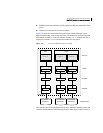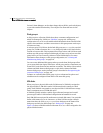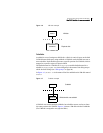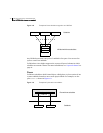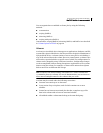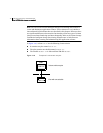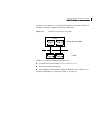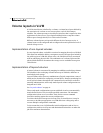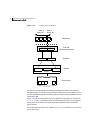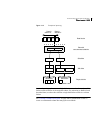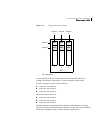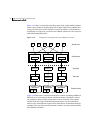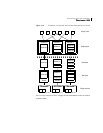
35Understanding Veritas Volume Manager
Volume layouts in VxVM
Layout methods
Data in virtual objects is organized to create volumes by using the following
layout methods:
■ Concatenation and spanning
■ Striping (RAID-0)
■ Mirroring (RAID-1)
■ Striping plus mirroring (mirrored-stripe or RAID-0+1)
■ Mirroring plus striping (striped-mirror, RAID-1+0 or RAID-10)
■ RAID-5 (striping with parity)
The following sections describe each layout method.
Concatenation and spanning
Concatenation maps data in a linear manner onto one or more subdisks in a plex.
To access all of the data in a concatenated plex sequentially, data is first
accessed in the first subdisk from beginning to end. Data is then accessed in the
remaining subdisks sequentially from beginning to end, until the end of the last
subdisk.
The subdisks in a concatenated plex do not have to be physically contiguous and
can belong to more than one VM disk. Concatenation using subdisks that reside
on more than one VM disk is called spanning.
Figure 1-12 shows the concatenation of two subdisks from the same VM disk.
The blocks n, n+1, n+2 and n+3 (numbered relative to the start of the plex) are
contiguous on the plex, but actually come from two distinct subdisks on the
same physical disk.
The remaining free space in the subdisk, disk01-02, on VM disk, disk01, can
be put to other uses.



